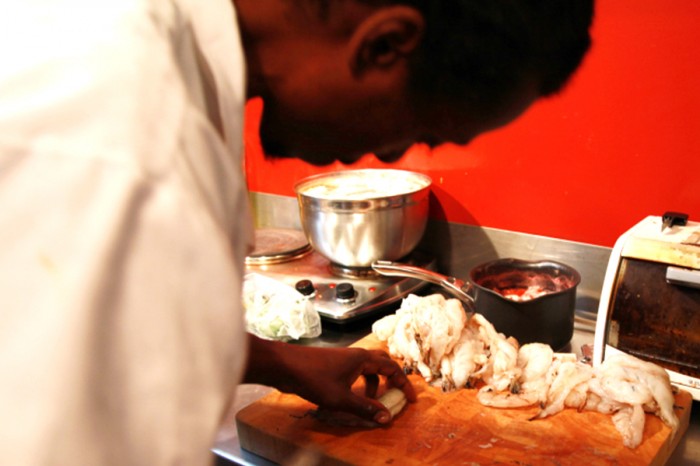
“The food has never been better, and the traffic never worse.”
The New York Times summed it up well last month, writing about Seattle’s growth into the new millennium. In keeping optimistic for the new year, we’ll focus on the former.
Here are some of the best international food entrepreneurs who got their start this year — the ones who make all the traffic worth it.
A DJ AND A COOK
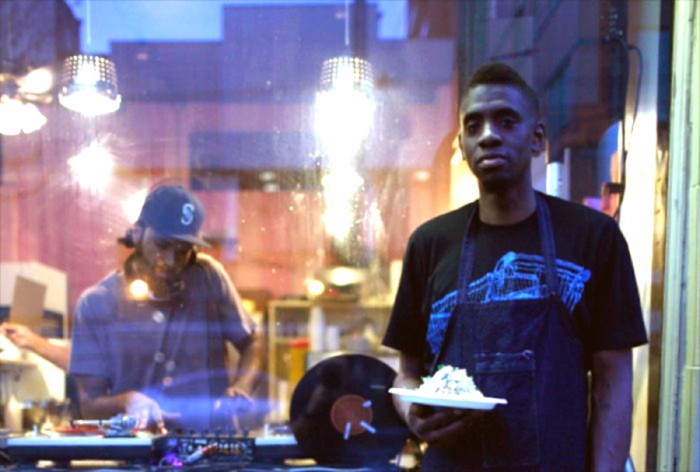
If marketing yourself as the guy throwing the party and the guy cooking at it feels ambitious, that’s because it is.
Hillman City’s Tarik Abdullah is not only pulling it off, he’s also on national TV for it.
Under the name “A DJ and a Cook,” the former chef at Cicchetti in Eastlake brought some life to the lacking late-night eats scene with his pop-up, Midnight Mecca, out of La Bodega in Pioneer Square. But his most well known side project is the Morning Star Café brunch, which he often runs out of Hillman City’s Tin Umbrella Coffee. It’s there he is able to showcase the flavors of his childhood, where he says cooking was routine, drawing on the Middle East, The Mediterranean and North Africa. His twist on breakfast features dishes like coriander spiced waffles with qalat dakkah (Tunisian five spice) blackberry compote, and za’atar scrambled eggs. Against a backdrop of live local DJ’s and week end revelry, it’s not your typical hungover brunch.
In September, Abdullah flew to Los Angeles to audition for ABC’s “The Taste,” a reality show aiming to discover America’s best undiscovered cook, with the contestants competing under the tutelage of celebrity chefs like Marcus Samuelsson, Nigella Lawson and Anthony Bourdain.
Three episodes in, Abdullah is still in the game. Let’s hope he wins, but comes back to Seattle to feed its people.
CHERA’S HOOD FAMOUS UBE CHEESECAKE
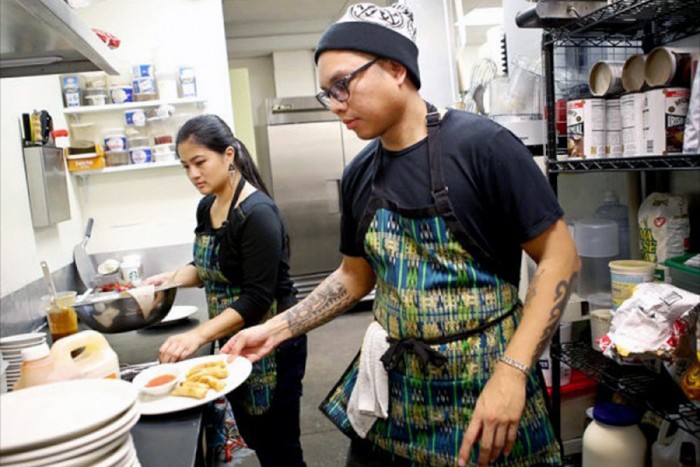
If anyone has a lot on their plate, it’s Chera Amlag.
She rode out much of 2014 as a mom of two, employee at Highline College with their Mathematics, Engineering, and Science Achievement (MESA) program and partner in Food and Sh*t, a pop-up restaurant she ran with her husband, Geo Quibuyen (also known as Prometheus Brown). The wildly popular Filipino-themed dinners, which take place on the third Monday of every month at Inay’s restaurant in Beacon Hill, have been going for more than a year. Amlag, in charge of dessert, noticed that people kept coming back for the ube cheesecake.
“I started getting hit up, so like an auntie, I sold it out of my house,” she said.
Pretty soon, she couldn’t keep up with demand, and Chera’s Hood Famous Ube Cheesecake was born. She sold cakes off of their website, and eventually the desserts were sold as individual slices in Uwajimaya at all three of their locations, where most products are imported from across the Pacific.
“We thought at first, ‘We’ll stock two dozen per week at each store,’” said Amlag, of the rapid pace at which the cakes sold. “It totally blew up in my face. I have never worked this hard in my life.”
So what’s the big deal with a purple cheesecake?
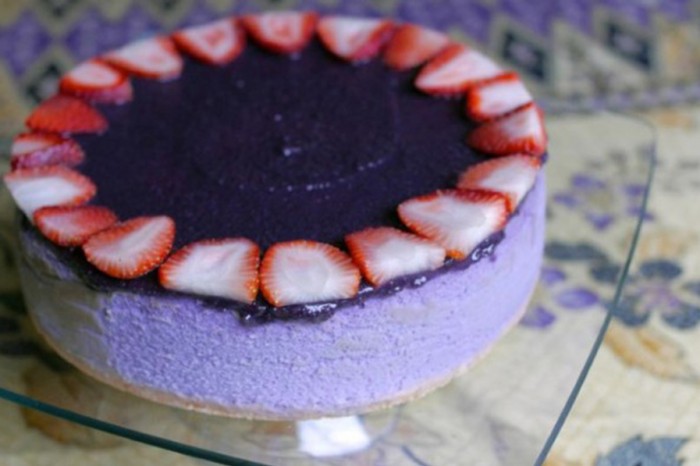
Ube, Amlag explained, is a purple root vegetable common in the Philippines and Hawaii, where Amlag and her husband have roots.
Many of the immigrant communities in the Northwest recognize its brilliant color, typically found in pastries, puddings and ice cream.
Cheesecake, however, is more Food and Sh*t’s style — a hybrid between Western and Filipino culinary traditions.
With the help of friends and family, Amlag made it through the grueling holiday rush until she sold out. Those wanting to try her hood-famous cheesecake will have to visit one of the three Uwajimaya stores — or be patient. In 2015, she will be trading in her nine-to-five to focus on cheesecake full time. Thank God.
SAMBOROSO BRAZILIAN HOT SAUCE
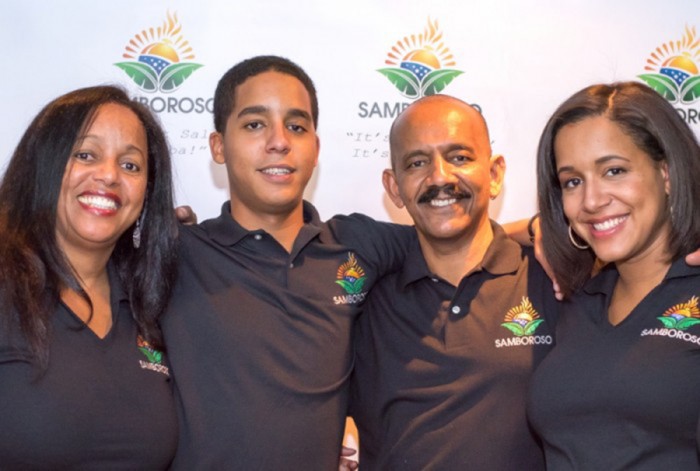
Before the Ribeiro family arrived from Salvador da Bahia, no Brazilian restaurants they knew of existed in Seattle. In 1999, Antonio and Graca Ribeiro opened Tempero Do Brasil in the University District to introduce their home cuisine to the Pacific Northwest. Twenty years later, their daughter Emme felt that Seattleites were finally ready to make the stuff at home. With their hot sauce, of course.
Over 15 years in the making by the Ribeiro family, the hot sauce (lovingly referred to as “green stuff”), is unlike the ubiquitous red srirachas and tapatios that adorn most restaurant tables in America, regardless of the cuisine.
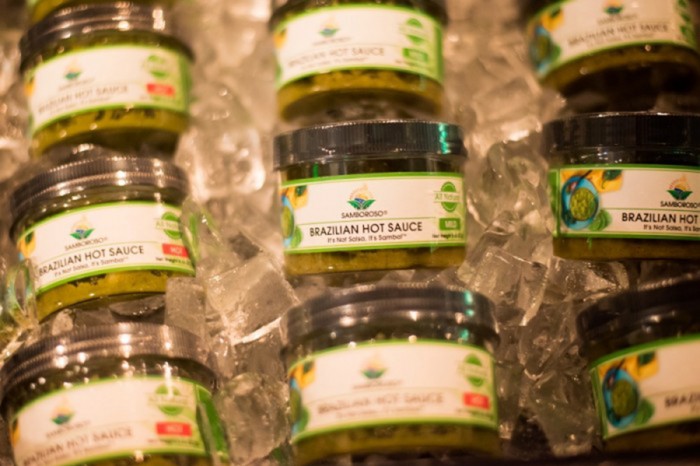
On Dec. 12, the Ribeiro family celebrated the launch of the perfected recipe for Samboroso Brazilian Hot Sauce. It is sold on their website, at the family restaurant, and at five grocery stores throughout greater Seattle.
Samboroso hot sauce is a chunky, refrigerated green sauce made from fresh onions, garlic, cilantro and lime. Mr. Ribeiro’s recipe, it was featured at the restaurant alongside meats and fish, and at home to accompany Mrs. Ribeiro’s famed Brazilian cooking.
Look out for more green stuff in 2015.
SPICY PAPAYA FOOD TRUCK
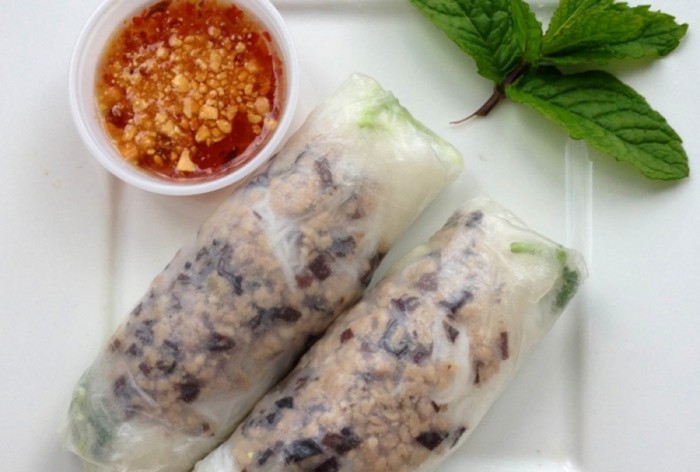
Quito Keutla never intended to run a food business.
His parents, refugees from Laos, ran a restaurant growing up in Billings, Montana, where they improvised with little access to Asian ingredients.
Keutla pursued a degree in electronics engineering, earning him a job at Hewlitt Packard before dabbling in real estate. In 2011, as the economy dwindled, he decided he needed another source of income and remembered how popular his mother’s egg rolls had been when she got her start in the food industry at a church potluck.
After success with selling items at farmers markets, Keutla decided to buy a truck. With the help of his electrical knowledge, friends and many YouTube videos, he built up a fixer-upper for service, and in May, Spicy Papaya was born. In the Seattle area, they are the only operating Laotian food truck, often compared to Thai food for its shared flavors (sweet, spicy, tangy), as well as their tropical fruits and herbs.
Laotian food, says Keutla, stands out for its memorable spicy papaya salad. On his truck, it is served in volumes, alongside dishes like sticky rice (of which Laos is the largest global consumer), Laotian-style noodles, grilled lemongrass wings and spicy basil chicken.
In 2014, the brand-new food business managed to show up all over town, from Renton to Bothell, without so much as a logo. Look out for the same delicious food, a new paint job and new locations in 2015.
WEI KITCHEN
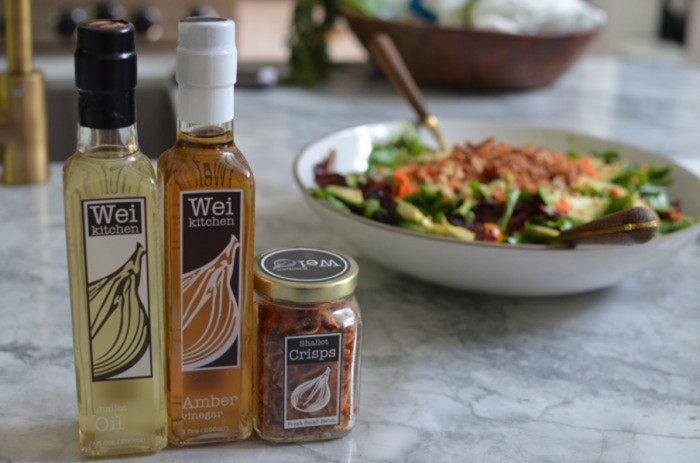
Seattle might be spoiled with the Asian restaurants on South Jackson Street, not to mention one of the largest Asian grocery stores in the Northwest, and that dumpling place so good you’ll go to the mall for it.
But unless it’s what you grew up on, when’s the last time you made your own vermicelli bowl at home?
Enter: Wei Kitchen.
Debbie Mullin never imagined that, after a career in international development, she’d be doing the very thing she helped facilitate for women in the developing world at the World Bank: run her own business.
Growing up in an eclectic kitchen inspired by French-Vietnamese and Jewish cooking, she was always drawn to food. In the 10 cities she’s lived in over the last decade, Mullin was consistently hard-pressed to find the ready-to-go ingredients that were the staples of a Vietnamese kitchen. What she did find was chock full of MSG.
Her instinct was to bottle ingredients made in batches as her family had done growing up so that complex meals could be made with ease — on the go.
When she arrived in Seattle last year, the idea for her own startup was a no-brainer. Wei Kitchen — named for the middle name Mullin shares with the other members of her family — got their business license in May. They sell shallot oil, amber vinegar and shallot crisps through their website, and in three stores in Seattle.
“The vision is to cook this stuff at home,” said Mullin, who mentioned that most customers are familiar with Asian cuisine, but either feel too intimidated or time-strapped to make it at home.
For next year, plans are in the works to make spicy versions of Wei Kitchen’s products and other new items as Mullin and her business partner Nate Woods (also her brother-in-law).
In the meantime, Mullins is optimistic about her products keeping interest.
“In Seattle, it feels like 95 percent of people have had a vermicelli bowl. That’s awesome.”


In the family photo for Samboroso Brazilian Hot Sauce, Emme Ribeiro Collins is actually far right, not left.
Thanks for catching that, Elaine! We’ve corrected the order.
This was a good piece! I’m from Dhaka, where the food culture has erupted like an epidemic- food carts, fusion food and other food communities emerging out of the blue. This article really did make me smile :) I love food and people who work in the food industry. In Dhaka, people would be apprehensive , let’s say, ten years back- about working in the food industry. Now young entrepreneurs are investing in restaurants and food carts and competition is fierce. This article leaves me with a great impression of what more can be done here in Dhaka’s amazing food hub and also leaves me a little hungry ;)